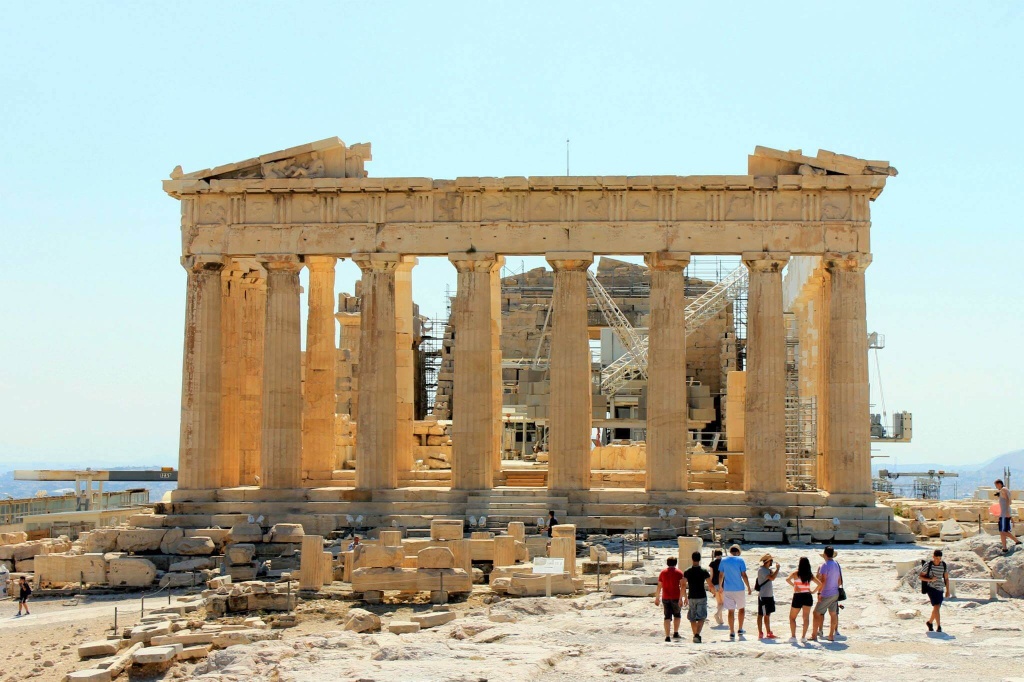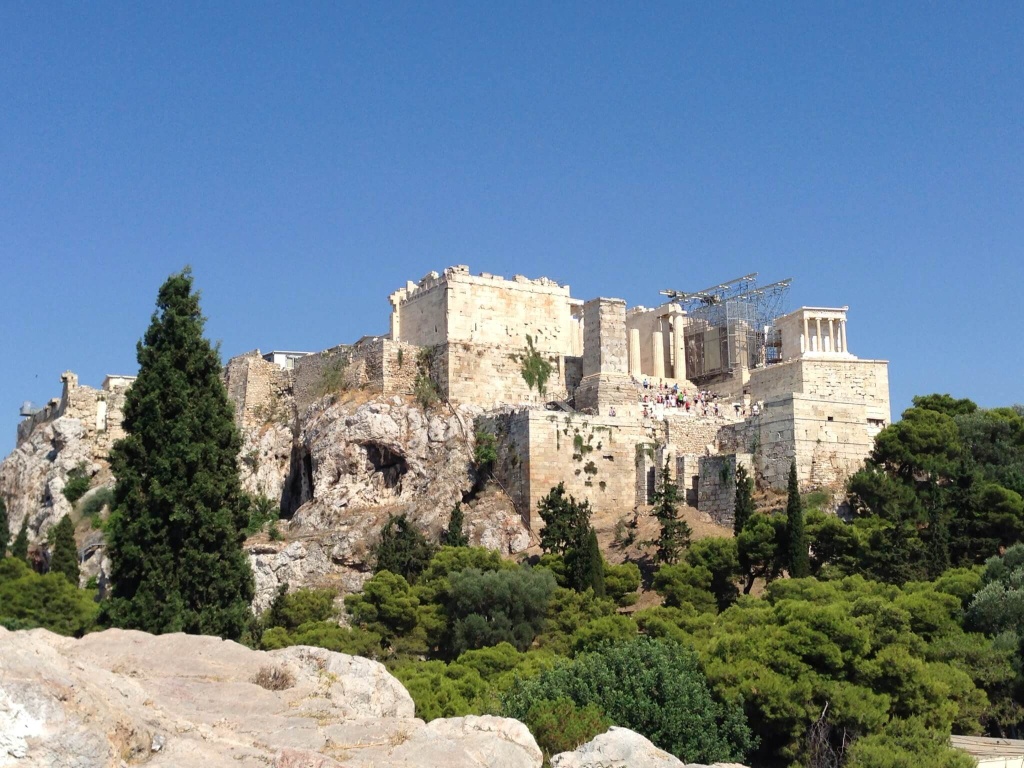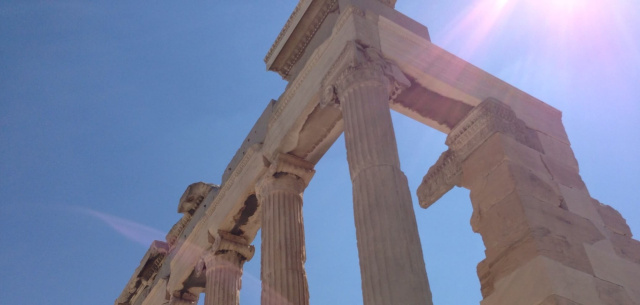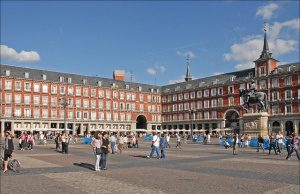The Acropolis of Athens represents the quintessential symbol of ancient Greek culture.
It provokes the ideas of the spirit and civilization of one of the most well known ancient cultures, famous for providing modern ideas, artistic and architectural marvels and deep philosophical thought to our world today and throughout history.
Perched approximately 150 meters above city level over the city of Athens, the Acropolis is visible from many points in the city below and it almost appears to be quietly watching over the city, keeping a silent wisdom that only comes from a great history and age. The meaning of the word acropolis comes from the Greek words ἄκρον (akron, “edge, extremity”) and πόλις (polis, “city”). There are many acropoleis throughout Greece, however, this is the most well known and therefore is just simply referred to as “the Acropolis”.
Evidence suggests that the hill of the Acropolis was inhabited many years before the structure was built, even as far back as 4,000 BC. From the 2nd millennium BC the area served as a fortress protecting places of worship and royal palaces, with a wall known as the Pelasgicon providing protection from invaders. Up until the mid 5th century BC there were various attacks and the wall was destroyed.

Following a victory against the Persians and the establishment of democracy, Athens became a leader among the other city-states of the time. Philosophy, thought and artistic expression flourished during this time period and Pericles, an Athenian statesman, dreamed up construction of a unique monument. Through the help of artists and designers in the 5th century BC, especially the sculptor Pheidias, Pericles began construction of the sites most important structures.
Though they have suffered much damage throughout the years, today, visitors can see the remains of four ancient buildings including the Parthenon, the Propylaia, the Erechtheion and the Temple of Athena Nike.

For me, visiting the Acropolis was a great experience on two levels. First, the ruins of the buildings are still so stunning, with small details still visible in some parts. Also, they are much larger than I would have imagined. It almost felt as you were in another universe. Secondly, it was astounding to conceive how long these buildings had stood. Essentially it was impossible, but if felt so incredible to know that you were standing in the same place that humans had for thousands of years.
We visited the Acropolis during the middle of July, which was very, very hot. Since it is perched above the city, there is little sun protection. I would recommend going in early morning or during a different part of the year such as late winter/early spring or late fall/early winter. It is open from 8 am to 6:30 pm everyday, with hours subject to seasonal change. It costs about 12 euros to enter, but with a European student card you can enter for free.
It is also relatively easy to access the Acropolis on foot from the plaza near Monastiraki. It takes about 45 min to 1 hour to walk up the winding hills (getting lost a few times of course), but it was relatively pleasant when there was shade.
[UNESCO], [Wikipedia], [The Athens Guide]













1976 – was there.
Comments are closed.